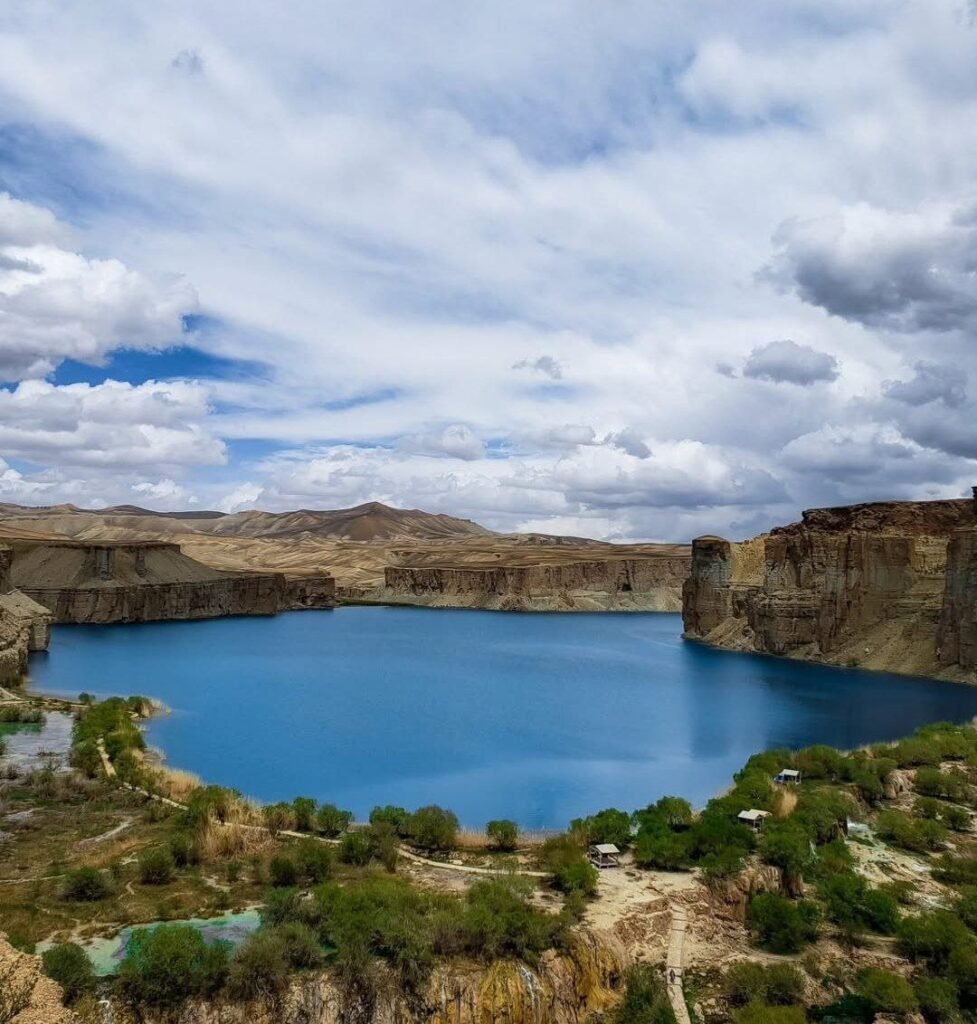Herat Province Herat is considered one of the most valuable and historical regions of Afghanistan. This province has a rich and strong background in culture, history, art, and economy and has played an important role in the region for centuries. Specifically, during the Timurid era, Herat flourished in the fields of science, art, and literature. In this article, we will take a brief look at Herat’s historical background, cultural potential, agriculture, and social challenges. An Ancient and Glorious History of Herat Herat has long been a significant region for civilization and culture. It is located along the Silk Road, where many ethnicities, cultures, and ideas have met. During the Timurid period, Herat was a center for learning and culture. Many famous writers, poets, and artists lived and thrived in this city. Notable figures include Mawlana Abdulrahman Jami and Husayn Vaiz Kashifi. Jami, through his literary and mystical writings, is still a prominent figure in the Persian language, and Vaiz Kashifi influenced many people through his religious writings and speeches. Cultural and Artistic Beauties Herat is one of Afghanistan’s most important cultural and artistic centers. The province is famous for its historical sites, beautiful mosques, ancient cities, and artistic works. It is home to poets, artists, and architects. Herat’s architecture is unique, reflecting the beauty of Islamic art. One of the notable aspects of Herat’s culture is the art of calligraphy and painting, which plays an important role in its cultural heritage. The city is particularly known for its prominent poets, such as Mawlana Abdulrahman Jami and Husayn Vaiz Kashifi, whose contributions to literature have greatly enriched Herat’s culture. These poets brought a unique beauty to the cultural life of the region. Furthermore, Herat is also known for its artistic activities, including music, dance, and theater. These activities have given Herat a distinct artistic color, making it a hub for cultural expression. Agriculture and Natural Resources Herat is an important agricultural province with fertile and productive lands. The agricultural products of this province, such as wheat, saffron, pomegranates, raisins, almonds, and figs, are widely recognized. Saffron, in particular, is a special product of Herat that holds high value in international markets. The province also benefits from abundant water resources, such as rivers and canals, which significantly support agriculture. Herat’s natural resources, such as marble and silica, are also important for industry. While some areas suffer from water shortages, with proper water management, agriculture can continue to thrive. To protect and develop the province’s agriculture and natural resources, it is essential that the government and other institutions make efforts. Agriculture is considered the backbone of Herat’s economy. The province has fertile lands and abundant water sources, making it highly capable of producing agricultural products. From wheat and saffron to grapes and pomegranates, a variety of crops are cultivated here. Social Challenges and Hopes for a Better Future Herat is a beautiful and proud province, but it also faces some social and security challenges. Despite these obstacles, the people of Herat continue to work toward reviving their culture, creating educational and artistic programs, and strengthening civic activities. This shows that the people of Herat remain hopeful for a better future. Cultural festivals, educational workshops, and youth empowerment are among the steps taken to improve the community’s situation. Conclusion Herat is not only a part of Afghanistan’s history but also a significant place for art, culture, and education. The province is home to beautiful mosques, ancient cities, and educated people. For centuries, the people of Herat have had a deep connection to literature, writing, painting, and other forms of art. While there are some challenges today, such as poverty, unemployment, and security issues, the people continue to work to preserve their culture and history. They open schools, value education, and send their children to study. If the government and other institutions continue to support the people of Herat, the province will improve once again. Supporting education, agriculture, and the arts can ensure a bright future for Herat. The people hope that one day, this province will once again serve as a shining example for Afghanistan.









